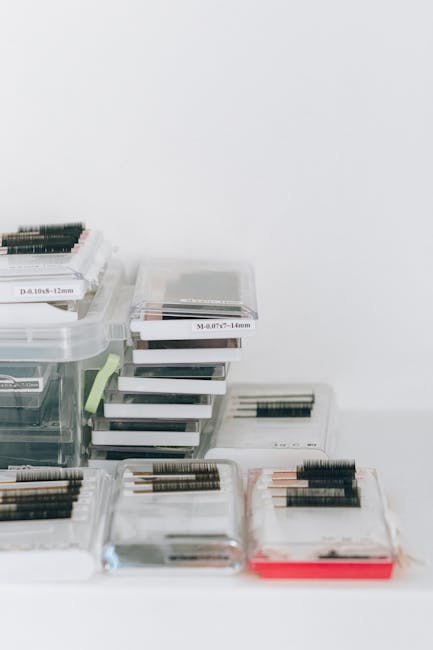
The Feel-Good Myth of Recycling
We’ve all been taught the mantra: Reduce, Reuse, Recycle. We diligently sort our plastics, feeling a sense of accomplishment as we wheel the blue bin to the curb. We’re saving the planet, one bottle at a time. But what if that recycled plastic isn’t the pure, eco-friendly material we imagine? A shocking new reality is emerging, and it’s hiding in plain sight: within a single, tiny pellet of recycled plastic, scientists have discovered a toxic cocktail of over 80 different chemicals.
What’s Really in That Pellet?
Recycled plastic isn’t created in a sterile lab. It’s the result of melting down a vast, messy collection of different plastic products. Think about it: a shampoo bottle, a pesticide container, a children’s toy, and electronic casing could all end up in the same batch. Each of these items contains its own unique chemical additives—flame retardants, UV stabilizers, dyes, and plasticizers—not to mention the contaminants they absorbed during their lifetime.
When these plastics are shredded, melted, and reformed into pellets (often called “nurdles”), these chemicals don’t just disappear. They concentrate. A recent study highlighted the alarming scope of this issue, identifying a complex mixture of substances in recycled plastic pellets, including:
- Benzophenones: UV stabilizers that are known endocrine disruptors.
- Phthalates: Plasticizers linked to reproductive health issues.
- Bisphenols (like BPA): Chemicals notorious for their hormonal effects.
- Pesticides and Biocides: Contaminants absorbed from original containers or the environment.
From Pellet to Product: A Cycle of Contamination
These chemical-laden pellets are the raw material for new “recycled” products. That fleece jacket, park bench, or storage container you bought for its green credentials could be leaching a chemical cocktail. This poses a significant risk not only to consumers but also to workers in the recycling and manufacturing industries who handle this material daily. Furthermore, when these new products degrade, they release these toxic microplastics back into the environment, contaminating our soil, water, and even the air we breathe.
This Isn’t an Attack on Recycling—It’s a Call for a Better System
The goal isn’t to stop recycling. The problem isn’t the concept, but the execution. The current system is flawed because it mixes plastics of different origins and chemical compositions without adequate decontamination or transparency.
What Can We Do?
- Prioritize Reduction and Reuse: The most effective way to combat plastic pollution is to use less of it. Opt for reusable containers, bags, and bottles.
- Demand Transparency and Stricter Regulations: We need policies that hold manufacturers accountable for the chemicals they use and ensure the recycling stream is cleaner and safer. Non-toxic, easily recyclable materials should be the norm, not the exception.
- Be a Conscious Consumer: Be wary of recycled plastic products for food, drink, or children’s use unless they are certified to be free of harmful chemicals. Support companies committed to non-toxic materials.
Recycling can and should be a vital part of a circular economy. But for it to be truly sustainable, it must be safe. It’s time to look beyond the bin and confront the toxic truth of what we’re really recycling.
